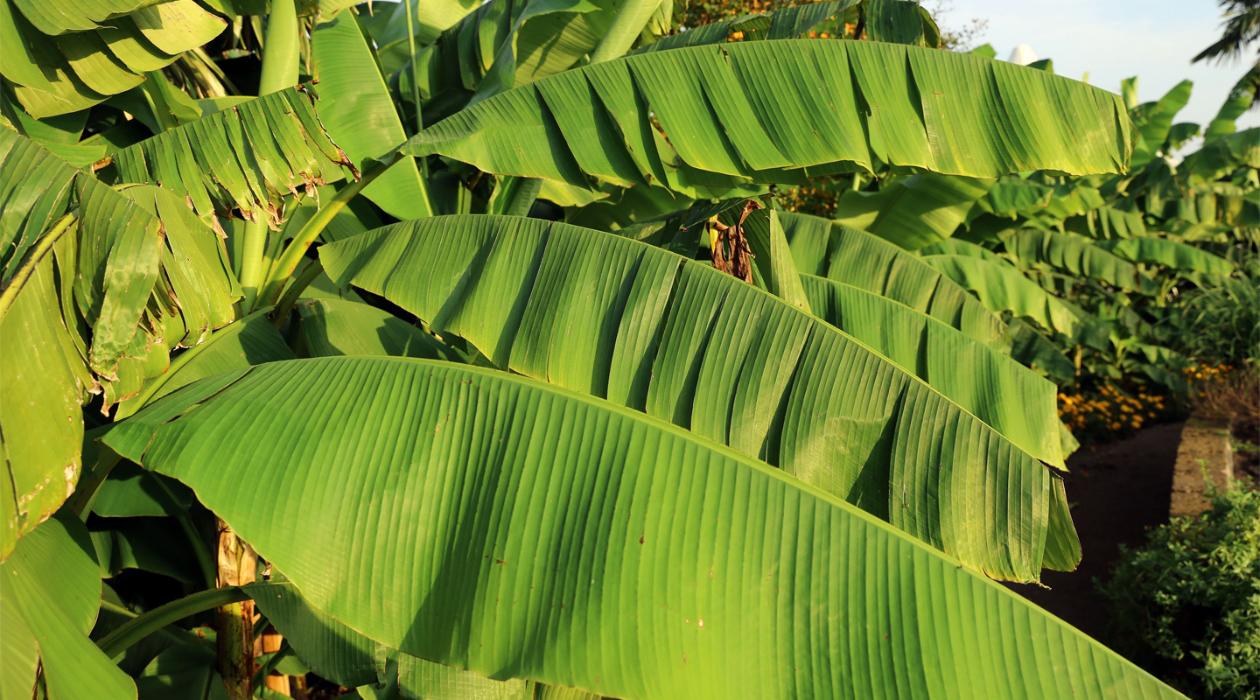

Articles
How To Store Banana Leaves
Modified: August 24, 2024
Learn the best techniques for storing and preserving banana leaves with our informative articles. Discover tips for proper wrapping and storage to keep your banana leaves fresh and ready to use in your favorite recipes.
(Many of the links in this article redirect to a specific reviewed product. Your purchase of these products through affiliate links helps to generate commission for Storables.com, at no extra cost. Learn more)
Introduction
Banana leaves have been used for centuries in many cultures for cooking, serving, and wrapping food. They impart a unique aroma and flavor to dishes, making them an essential ingredient in traditional cuisines. However, finding fresh banana leaves can be challenging, especially if you live in an area where they are not readily available.
Fortunately, you can store banana leaves to have them on hand whenever you need them. By properly storing and preserving banana leaves, you can enjoy the convenience of using them in your favorite recipes throughout the year. In this article, we will explore the reasons why storing banana leaves is beneficial, as well as different methods to preserve them.
Key Takeaways:
- Storing banana leaves ensures year-round access to their unique flavors, saves time, and preserves cultural culinary traditions. Methods include refrigeration, freezing, drying, and brining for long-term use.
- Properly prepared and stored banana leaves offer convenience, cost-effectiveness, and authenticity in traditional cooking. Embrace their versatility and rich cultural heritage to enhance your culinary creations.
Read more: How To Store A Banana
Reasons to Store Banana Leaves
There are several compelling reasons why you might want to store banana leaves:
- Availability: Fresh banana leaves might not be readily available in your area all year round. By storing them, you can always have a supply on hand, even when they are out of season.
- Convenience: Storing banana leaves means you can save time and effort by not having to search for them every time you want to use them in a recipe.
- Traditional Cooking: Many traditional dishes require the use of banana leaves for their distinct flavors and aromas. By storing banana leaves, you can maintain the authenticity of these recipes.
- Cost-Effective: Buying fresh banana leaves can be more expensive than purchasing them in bulk and storing them for future use.
Choosing and Harvesting Banana Leaves
When choosing banana leaves for storage, it’s essential to select fresh and healthy ones. Look for leaves that are vibrant green, free from spots or blemishes, and have a firm texture. Avoid leaves that are torn or wilting, as they may not store well.
Harvesting banana leaves can be done by cutting the mature leaves from the banana plant. It’s important to choose leaves that are fully developed but still pliable enough for wrapping food. To harvest the leaves, use a sharp knife or scissors to cut them near the base of the plant, ensuring not to damage the plant or other leaves.
Preparing Banana Leaves for Storage
Before storing banana leaves, it’s crucial to prepare them properly to ensure optimal freshness. Follow these steps:
1. Cleaning: Gently wipe the leaves using a damp cloth or rinse them under running water to remove any dirt or debris. Be careful not to tear or damage the leaves during this process.
2. Trimming: Trim off the tough central ribs of the leaves using a sharp knife or scissors. This will make it easier to fold and use the leaves when cooking.
3. Cutting: Cut the leaves into manageable sizes for storing, depending on how you plan to use them later. Smaller pieces are more convenient for individual wraps, while larger ones can be used for covering larger dishes.
Once the banana leaves are cleaned, trimmed, and cut, you are ready to proceed with the storage methods. There are several storage methods you can choose from, depending on your preferences and the availability of resources. The methods include refrigerating, freezing, drying, and storing in brine. Each method has its advantages and considerations, which we will explore in the following sections.
Key Takeaways:
- Storing banana leaves ensures year-round access to their unique flavors, saves time, and preserves cultural culinary traditions. Methods include refrigeration, freezing, drying, and brining for long-term use.
- Properly prepared and stored banana leaves offer convenience, cost-effectiveness, and authenticity in traditional cooking. Embrace their versatility and rich cultural heritage to enhance your culinary creations.
Read more: How To Store A Banana
Reasons to Store Banana Leaves
There are several compelling reasons why you might want to store banana leaves:
- Availability: Fresh banana leaves might not be readily available in your area all year round. By storing them, you can always have a supply on hand, even when they are out of season.
- Convenience: Storing banana leaves means you can save time and effort by not having to search for them every time you want to use them in a recipe.
- Traditional Cooking: Many traditional dishes require the use of banana leaves for their distinct flavors and aromas. By storing banana leaves, you can maintain the authenticity of these recipes.
- Cost-Effective: Buying fresh banana leaves can be more expensive than purchasing them in bulk and storing them for future use.
Banana leaves are not only aesthetically pleasing, but they also serve multiple purposes in the culinary world. From wrapping foods for steaming or grilling to serving as a natural platter for presenting dishes, banana leaves have become an integral part of many cuisines.
However, the availability of fresh banana leaves can be limited in certain regions or during specific seasons. This is where storing banana leaves becomes incredibly advantageous. By storing them, you can ensure a steady supply of these versatile leaves, allowing you to prepare your favorite recipes whenever you desire.
One of the key advantages of storing banana leaves is the convenience it offers. Rather than having to search for fresh leaves whenever you want to use them, you can simply reach into your storage and retrieve the preserved ones. This saves you time and effort, especially if you live in an area where finding fresh banana leaves can be a challenging task.
Another significant reason to store banana leaves is to preserve traditional cooking practices. Many cultural cuisines rely on the unique flavors and aromas that banana leaves impart, and by storing them, you can maintain the authenticity of these recipes. Whether it’s making tamales in Latin American cuisine or cooking steamed fish in Southeast Asian cuisine, having a stash of preserved banana leaves ensures you can stay true to these culinary traditions.
From a financial standpoint, storing banana leaves can be cost-effective. Buying fresh banana leaves on a regular basis can add up in terms of expenses, especially if they are not easily accessible in your area. By purchasing and storing banana leaves in bulk, you can save money in the long run and always have them on hand whenever you need them.
In summary, there are several reasons why storing banana leaves is beneficial. It provides a consistent supply of these versatile leaves, saves time and effort, preserves traditional cooking practices, and can be cost-effective in the long run. Now that we understand the reasons for storing banana leaves, let’s explore the various methods of preserving them for future use.
Choosing and Harvesting Banana Leaves
When it comes to storing banana leaves, selecting the right ones and properly harvesting them is crucial for ensuring optimal quality and longevity. Here are some guidelines to follow:
First and foremost, when choosing banana leaves for storage, it’s important to select fresh and healthy leaves. Look for leaves that are vibrant green in color, with no signs of discoloration, spots, or blemishes. The leaves should be firm and free from any tears or wilting. Avoid using leaves that appear damaged or dry as they may not store well.
When it comes to harvesting the banana leaves, timing is key. It’s best to wait until the leaves are fully developed, which typically occurs when the plant is mature. You can identify mature leaves by their size, as they will be larger than the younger leaves. Additionally, they should have a pliable texture, making them easy to fold and wrap food in.
To harvest the leaves, start by identifying the mature leaves on the banana plant. These are usually found towards the outer part of the plant and are larger in size compared to the younger leaves in the center. When cutting the leaves, use a sharp knife or scissors and make a clean cut as close to the base of the leaf as possible.
It’s important to be mindful of the plant’s health when harvesting the leaves. Avoid removing too many leaves from a single plant, as this can hinder its growth and overall vitality. Instead, opt for selectively harvesting a few leaves at a time, allowing the plant to continue thriving.
Once you have harvested the banana leaves, gently brush off any dirt or debris using a soft brush or cloth. Avoid washing the leaves with water unless necessary, as excess moisture can promote spoilage. Inspect the leaves for any signs of damage or pests, and discard any that are not in optimal condition.
By following these guidelines, you can ensure that you choose and harvest banana leaves that are fresh, healthy, and suitable for storage. In the next section, we will discuss how to prepare banana leaves for storage and the different methods you can use to preserve them.
Preparing Banana Leaves for Storage
Before you can store banana leaves, it’s important to prepare them properly to ensure they remain fresh and in optimal condition. Here are the steps to follow when preparing banana leaves for storage:
1. Cleaning: Start by gently wiping the banana leaves with a damp cloth or rinsing them under running water. This will help remove any dirt, dust, or debris that may be stuck to the surface of the leaves. Be careful not to tear or damage the leaves during this process.
2. Trimming: Once the leaves are clean, it’s time to trim off the tough central ribs. Use a sharp knife or scissors to carefully remove the central ribs from the leaves. Removing the ribs makes the leaves more flexible and easier to work with when you are ready to use them for cooking or wrapping purposes.
3. Cutting: Depending on your storage needs and preference, you can proceed to cut the banana leaves into manageable sizes. Smaller pieces are convenient for individual wraps, while larger ones can be used for covering larger dishes. Cut the leaves into sizes that suit your cooking or serving requirements.
Once the leaves are cleaned, trimmed, and cut, you are ready to proceed with the storage methods. There are several methods you can choose from, depending on your preferences and the availability of resources. The most common methods for storing banana leaves include refrigeration, freezing, drying, and storing them in brine. Each method has its advantages and considerations, which we will explore in the following sections.
It’s worth noting that the preparation steps mentioned here are essential, regardless of the storage method you choose. By cleaning, trimming, and cutting the banana leaves before storing them, you ensure that they are in the best possible condition and ready to be used whenever you need them for your culinary endeavors.
In the next sections, we will cover the different storage methods in more detail, providing you with step-by-step instructions on how to store banana leaves using each approach. Whether you prefer to refrigerate, freeze, dry, or store banana leaves in brine, there’s a method that will suit your needs and ensure that you always have access to fresh and vibrant leaves for your cooking adventures. Let’s explore these methods further.
To store banana leaves, wrap them in a damp paper towel and place them in a resealable plastic bag. Store in the refrigerator for up to one week.
Method 1: Refrigerating Banana Leaves
Refrigerating banana leaves is an effective method to store them for a short period of time, typically up to a week. This method helps maintain the freshness and vibrant green color of the leaves. Here are the steps to refrigerate banana leaves:
1. Wrap in Moist Paper Towel: Start by wrapping the banana leaves individually or in small stacks with a moistened paper towel. The towel helps retain moisture and prevents the leaves from drying out in the refrigerator.
2. Place in a Ziplock Bag: Once the banana leaves are wrapped in the moist paper towel, place them inside a ziplock bag. Make sure to squeeze out as much air as possible before sealing the bag.
3. Store in the Refrigerator: Put the ziplock bag containing the wrapped banana leaves in the refrigerator. The ideal temperature for storing banana leaves is between 35°F (2°C) and 50°F (10°C). Avoid storing them near items with strong odors, as the leaves can absorb odors easily.
4. Check for Moisture: Periodically check the banana leaves in the refrigerator to ensure that the paper towel remains moist. If the towel becomes dry, dampen it again to maintain the right level of moisture.
By following these steps, you can keep your banana leaves fresh and ready to use in the refrigerator for up to a week. This method is convenient if you plan to use the leaves within a short period of time. However, if you need to store the leaves for a longer duration, you may prefer to freeze them.
In the next section, we will explore Method 2: Freezing Banana Leaves. Freezing provides a longer shelf life for banana leaves and allows you to store them for several months. Let’s delve into the steps on how to freeze banana leaves.
Method 2: Freezing Banana Leaves
Freezing banana leaves is an excellent method for long-term storage, allowing you to preserve them for several months. Freezing helps retain the color, flavor, and texture of the leaves. Here are the steps to freeze banana leaves:
1. Clean and Prepare the Leaves: Start by cleaning and preparing the banana leaves as mentioned earlier. Ensure they are free from dirt, trimmed, and cut into desired sizes for future use.
2. Individual Wrapping: Individually wrap each banana leaf with plastic wrap or aluminum foil. This will protect them from freezer burn and prevent them from sticking together during freezing.
3. Place in Freezer Bags: Once the banana leaves are individually wrapped, place them inside freezer-safe plastic bags. Squeeze out any excess air and seal the bags tightly.
4. Label and Date: It’s essential to label the freezer bags with the current date to keep track of their storage time. This will help ensure that you use the oldest leaves first for better freshness.
5. Store in the Freezer: Place the freezer bags containing the wrapped banana leaves in the freezer. Ideally, the temperature should be set at 0°F (-18°C) or below to maintain the quality of the leaves.
6. Thawing: When you’re ready to use the frozen banana leaves, remove the desired number of leaves from the freezer and let them thaw in the refrigerator for a few hours or overnight. Avoid thawing them at room temperature, as this can cause the leaves to become mushy.
By following these steps, you can freeze banana leaves successfully and extend their shelf life for several months. This method is ideal if you anticipate needing banana leaves on hand regularly but don’t have access to fresh ones throughout the year.
In the next section, we will explore Method 3: Drying Banana Leaves. Drying is another method to preserve banana leaves, providing versatility and long-term storage. Let’s move on to the steps involved in drying banana leaves.
Read more: How To Store Mashed Bananas
Method 3: Drying Banana Leaves
Drying banana leaves is an effective method to store them for an extended period, often several months to a year. This method removes the moisture from the leaves, preserving them and allowing for easy storage. Here are the steps to dry banana leaves:
1. Clean and Prepare the Leaves: Start by cleaning the banana leaves as mentioned earlier. Ensure they are free from dirt, trimmed, and cut into desired sizes for drying.
2. Air Drying: Lay the banana leaves flat on a clean and dry surface, such as a table or wire rack. Make sure there is enough space between the leaves for proper airflow.
3. Choose a Well-Ventilated Area: Place the leaves in a well-ventilated area away from direct sunlight. The leaves should be exposed to air circulation to facilitate drying.
4. Flip and Rotate: Periodically check the banana leaves and flip them over to ensure even drying. This will help prevent any moisture from being trapped on one side of the leaves.
5. Patience and Time: Drying banana leaves can take several weeks, depending on the humidity and thickness of the leaves. Be patient and allow the leaves to dry naturally until they become brittle and paper-like in texture.
6. Store in an Airtight Container: Once the banana leaves are completely dry, carefully store them in an airtight container or sealed plastic bags. This will protect them from moisture and pests, ensuring their long-term preservation.
7. Label and Date: Don’t forget to label the container or bags with the current date to keep track of their storage time.
8. Rehydrating: When you’re ready to use the dried banana leaves, simply soak them in warm water for a few minutes to rehydrate before use. They will become pliable and ready to wrap or cook with.
By following these steps, you can successfully dry banana leaves and preserve their integrity for an extended period. This method is perfect if you want to have banana leaves on hand throughout the year and enjoy the convenience of using them whenever you desire.
In the next section, we will explore another method of storing banana leaves: Storing in Brine. This method adds a unique flavor to the leaves and provides a different option for long-term storage.
Storing Banana Leaves in Brine
Storing banana leaves in brine is a traditional preservation method that adds a unique flavor and extends their shelf life for several months. The brine solution helps maintain the freshness and texture of the leaves while imparting a subtle tanginess. Here’s how to store banana leaves in brine:
1. Clean and Prepare the Leaves: Begin by cleaning the banana leaves, removing any dirt or debris. Trim and cut the leaves into desired sizes for storage.
2. Create the Brine Solution: In a large pot, combine water and salt, using a ratio of approximately 1 cup of salt for every 4 cups of water. Stir well until the salt dissolves completely.
3. Bring the Brine to a Boil: Place the pot with the brine solution on the stove and bring it to a boil. Let it simmer for a few minutes to ensure the salt is evenly distributed.
4. Cool the Brine: Allow the brine solution to cool completely before proceeding with the next step. You can transfer it to a large container or let it cool in the pot.
5. Submerge the Leaves: Once the brine is cooled, carefully place the banana leaves into the brine solution, ensuring they are fully submerged. You may need to apply gentle pressure to keep them submerged if they tend to float.
6. Store in the Refrigerator: Place the container with the banana leaves and brine solution in the refrigerator. The leaves should be kept in the brine for a minimum of 24 hours to allow the flavors to develop and the leaves to absorb the brine solution.
7. Remove and Drain: After the desired brining period, remove the banana leaves from the brine solution and shake off any excess liquid. Allow them to drain briefly before using or storing.
8. Store in an Airtight Container: Place the brined banana leaves in an airtight container or seal them in plastic bags to maintain their freshness. Label the container or bags with the date to keep track of the storage time.
When you’re ready to use the brined banana leaves, you can simply rinse them under running water to remove excess salt before cooking or wrapping food. The brining process imparts a delightful tangy flavor to the leaves, enhancing the dishes they are used in.
Storing banana leaves in brine is a fantastic option if you want to vary their flavor and have a unique twist in your culinary creations. This method extends the shelf life of banana leaves while infusing them with an extra dimension of taste.
In the next section, we will explore how to maintain and use the stored banana leaves, regardless of the storage method you choose.
Maintaining and Using Stored Banana Leaves
Proper maintenance of stored banana leaves is essential to ensure their quality and usability. Whether you have refrigerated, frozen, dried, or stored banana leaves in brine, here are some tips to help you maintain and use them effectively:
1. Storage Conditions: Ensure that the storage conditions are optimal for the specific storage method you used. Keep refrigerated leaves at a temperature between 35°F (2°C) and 50°F (10°C), frozen leaves at 0°F (-18°C) or below, dried leaves in a cool and dry place, and brined leaves in the refrigerator.
2. Check for Moisture or Freezer Burn: For refrigerated or frozen banana leaves, periodically check for any signs of moisture or freezer burn. If you notice any, it may indicate improper storage conditions or that the leaves have been stored for too long.
3. Rotate and Monitor Storage Times: To ensure you use the oldest leaves first, periodically rotate the stored banana leaves, especially if you have multiple batches stored. Additionally, keep track of the storage times to ensure you use the leaves within their recommended shelf life.
4. Thaw Properly: When thawing frozen banana leaves, remove them from the freezer and let them thaw in the refrigerator for a few hours or overnight. Avoid thawing them at room temperature, as this can cause them to become mushy.
5. Rehydrate Dried Leaves: If you have dried banana leaves, rehydrate them by soaking them in warm water for a few minutes before use. This will restore their pliability and make them ready for wrapping or cooking.
6. Use as a Natural Wrapper: Banana leaves can be used as natural wrappers for various dishes. They are commonly used for steaming or grilling foods, such as tamales, sticky rice, or fish. Simply place the food in the center of a leaf, fold it into a packet or wrap, and secure it with toothpicks or kitchen twine before cooking.
7. Enhance Flavor in Cooking: When using banana leaves in cooking, they can impart a subtle, earthy flavor to the dish. Take advantage of this characteristic by using them in recipes that benefit from their aroma, such as curries, stews, or desserts.
8. Get Creative: Don’t limit yourself to traditional recipes—explore your creativity and experiment with new ways to incorporate banana leaves into your cooking. For instance, you can use them as serving platters or line them on baking sheets for a unique presentation.
By following these maintenance tips and embracing the versatility of stored banana leaves, you can continue to enjoy their flavors, aromas, and functionality in your culinary adventures.
As we conclude this article, we hope you have gained valuable insights into the different methods of storing banana leaves and preserving their quality. Whether you choose to refrigerate, freeze, dry, or store them in brine, these methods will ensure that you always have banana leaves available for your favorite recipes, no matter the season or availability in your area.
So, embrace the rich cultural heritage of banana leaves and make them an integral part of your cooking journey. Happy cooking!
Conclusion
Storing banana leaves is a practical and convenient way to ensure a steady supply of these versatile leaves for your culinary adventures. Whether you live in an area where fresh banana leaves are not readily available or you simply want to have them on hand throughout the year, the methods outlined in this article offer effective ways to preserve the leaves’ freshness, flavor, and vibrant green color.
We explored various methods for storing banana leaves, including refrigeration, freezing, drying, and storing them in brine. Each method has its advantages and considerations, allowing you to choose the approach that best suits your needs and available resources.
Refrigeration is suitable for short-term storage of up to a week, maintaining the freshness of the leaves. Freezing is an excellent option for long-term storage, preserving the leaves for several months. Drying enables you to store banana leaves for an extended period, enhancing their versatility. Storing banana leaves in brine adds a tangy twist and provides a unique flavor profile.
Irrespective of the storage method you choose, it’s important to properly clean, trim, and prepare the leaves before storing them. This ensures optimal quality and longevity in storage.
Maintaining and using stored banana leaves involves monitoring storage conditions, checking for moisture or freezer burn, rotating batches, and properly thawing or rehydrating the leaves. Embrace the natural wrapping and flavor-enhancing properties of banana leaves in your cooking, and don’t be afraid to get creative with their uses in presentation and serving.
By following these guidelines, you can enjoy the convenience and authenticity of using banana leaves in your favorite recipes throughout the year, regardless of the availability of fresh leaves in your area.
So, make the most of the cultural traditions and culinary delights associated with banana leaves. Store them properly, unleash your creativity in the kitchen, and savor the unique flavors and aromas they bring to your dishes. Happy cooking!
Frequently Asked Questions about How To Store Banana Leaves
Was this page helpful?
At Storables.com, we guarantee accurate and reliable information. Our content, validated by Expert Board Contributors, is crafted following stringent Editorial Policies. We're committed to providing you with well-researched, expert-backed insights for all your informational needs.
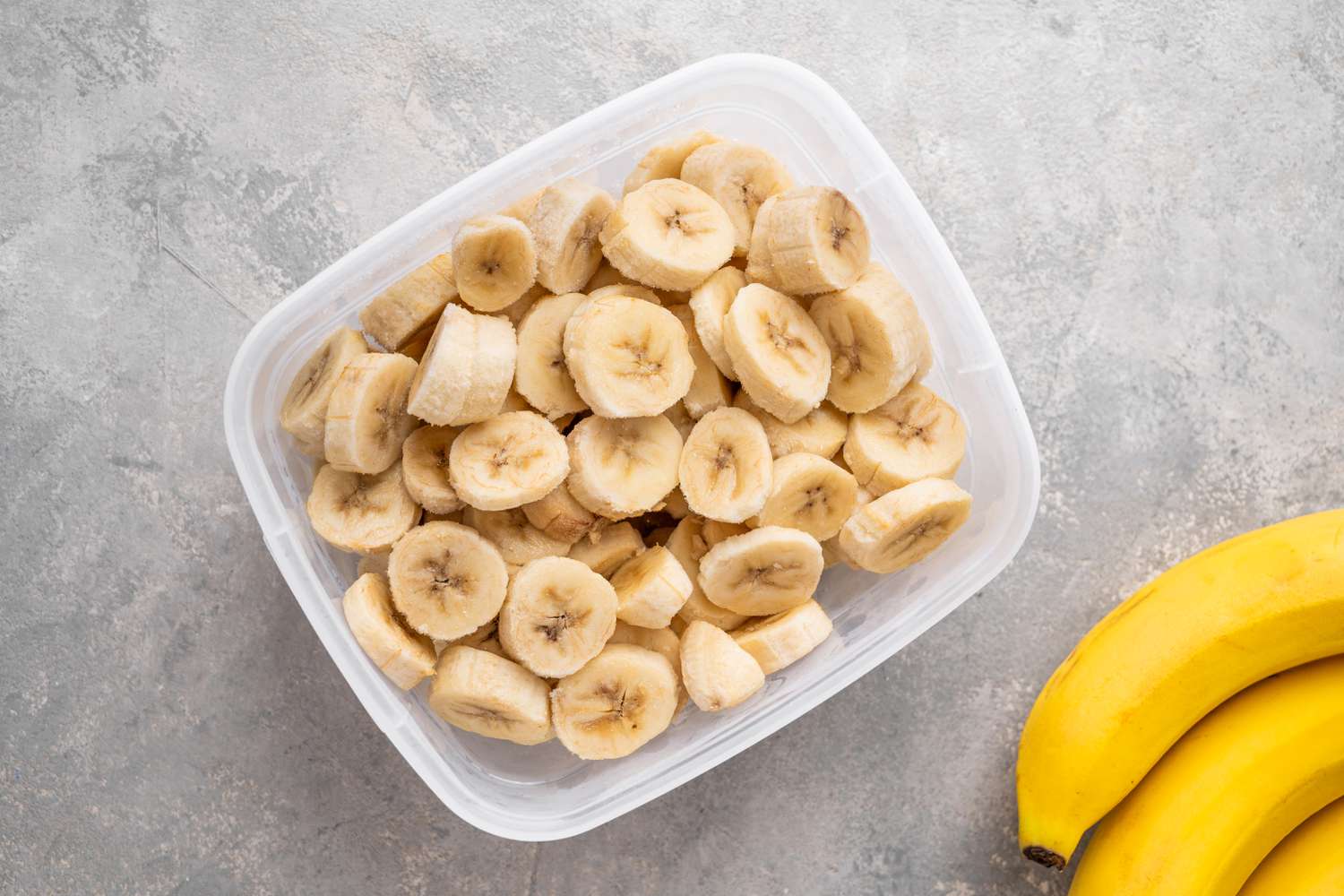
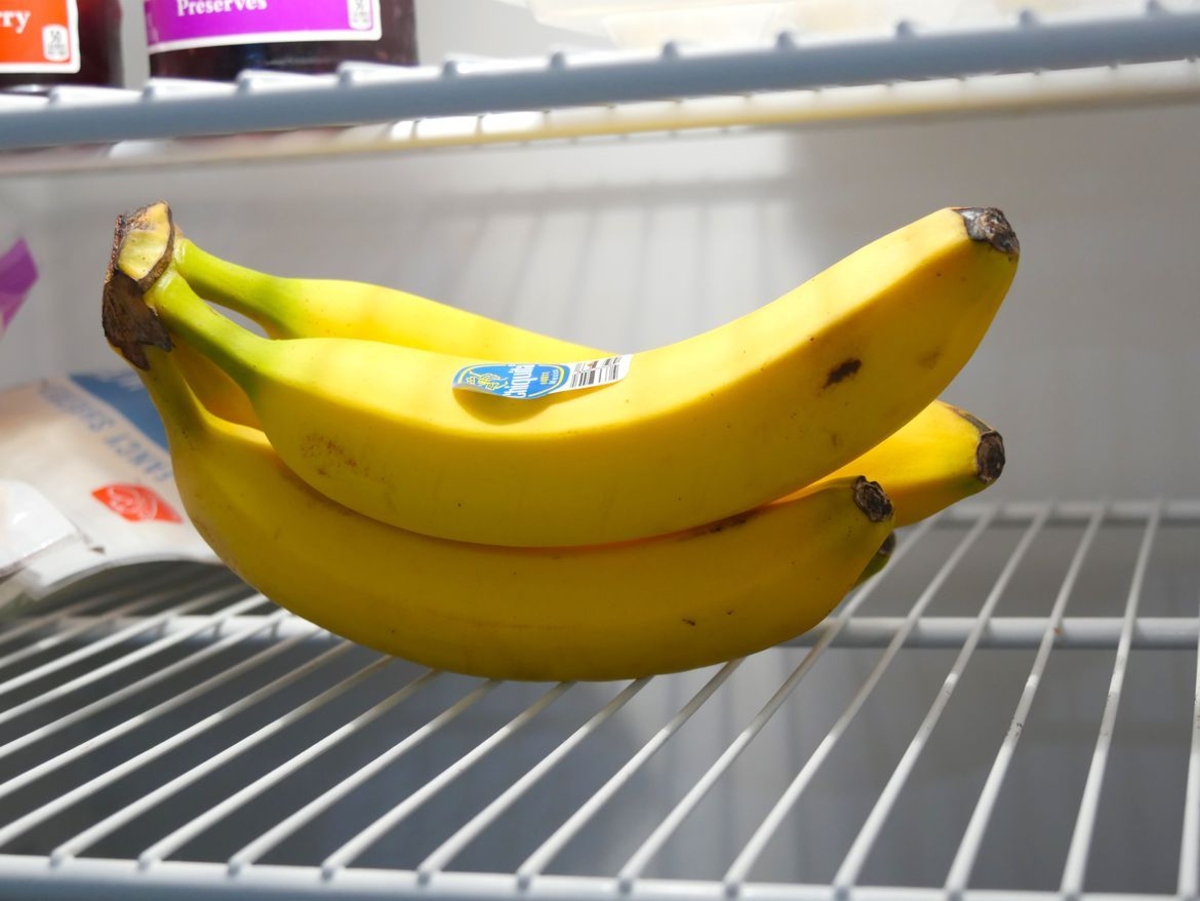
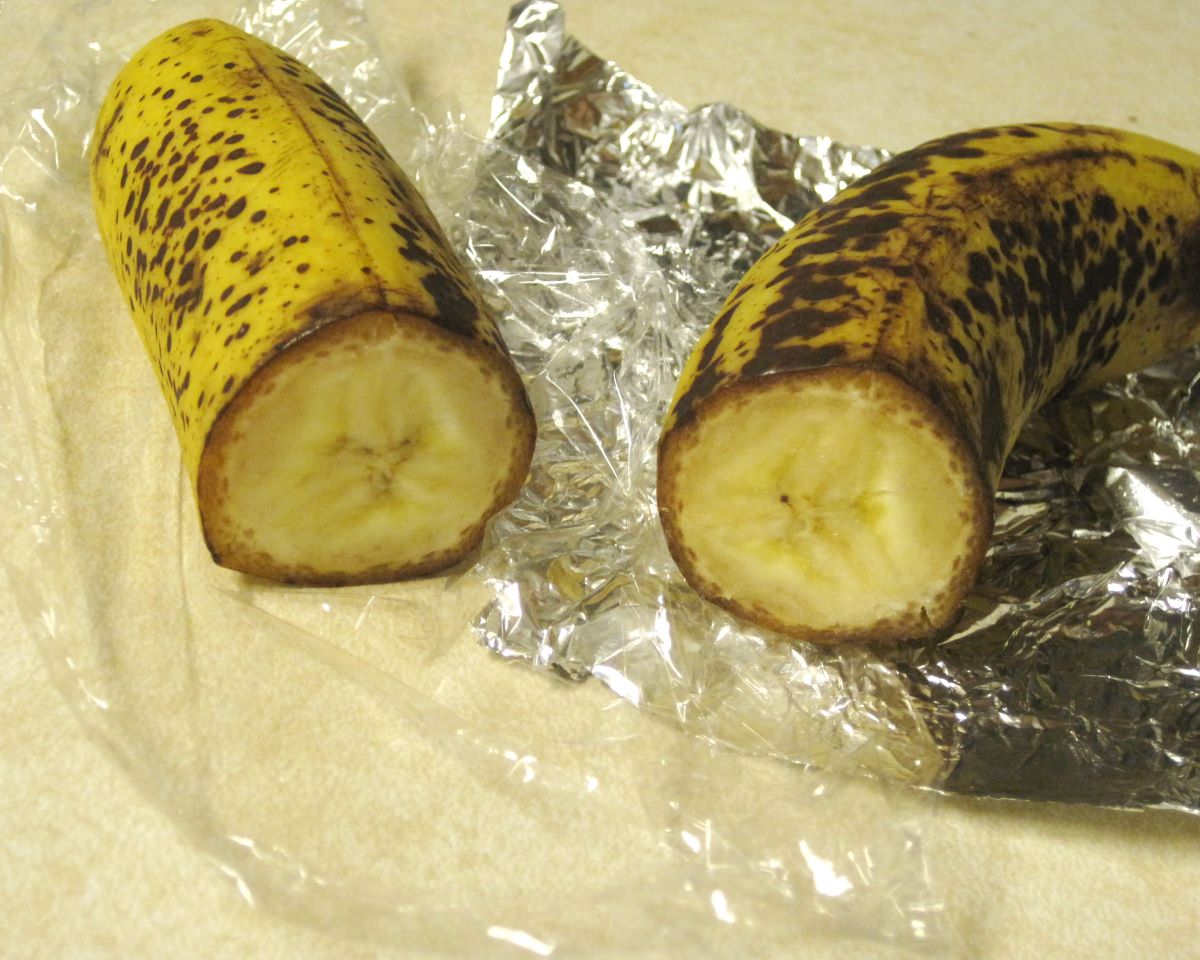
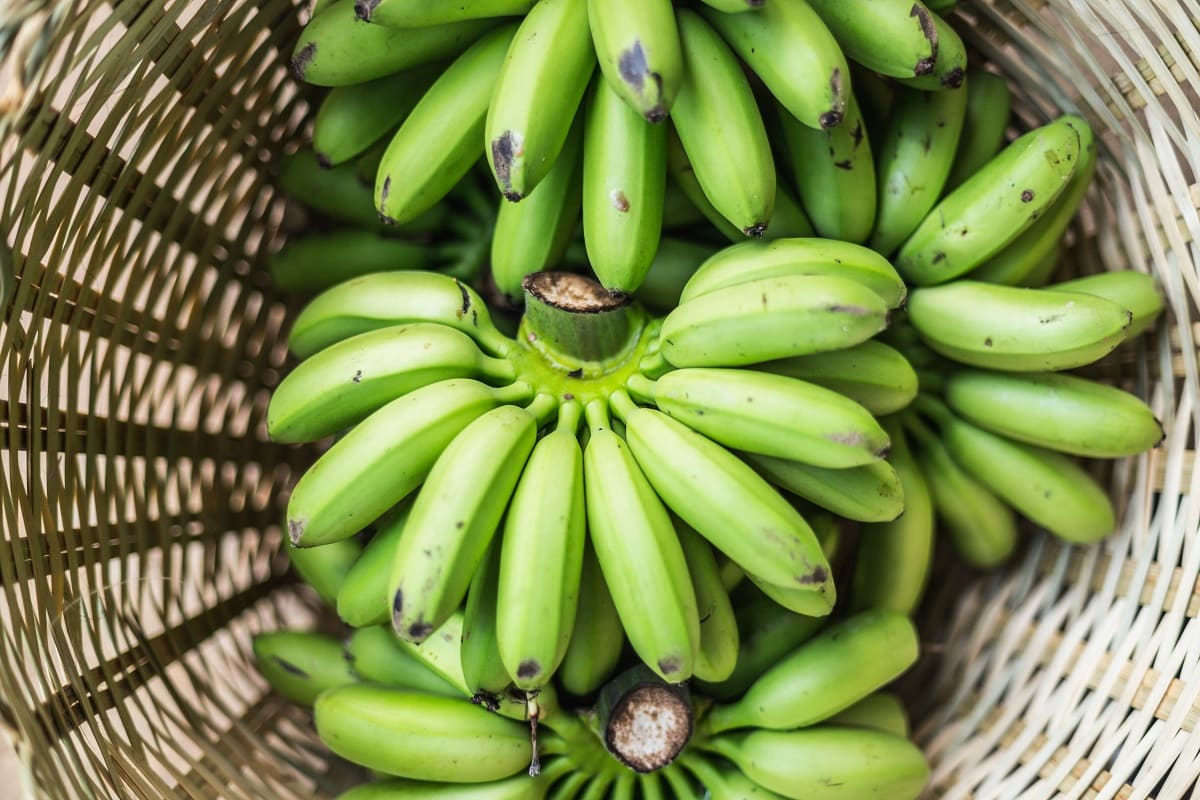
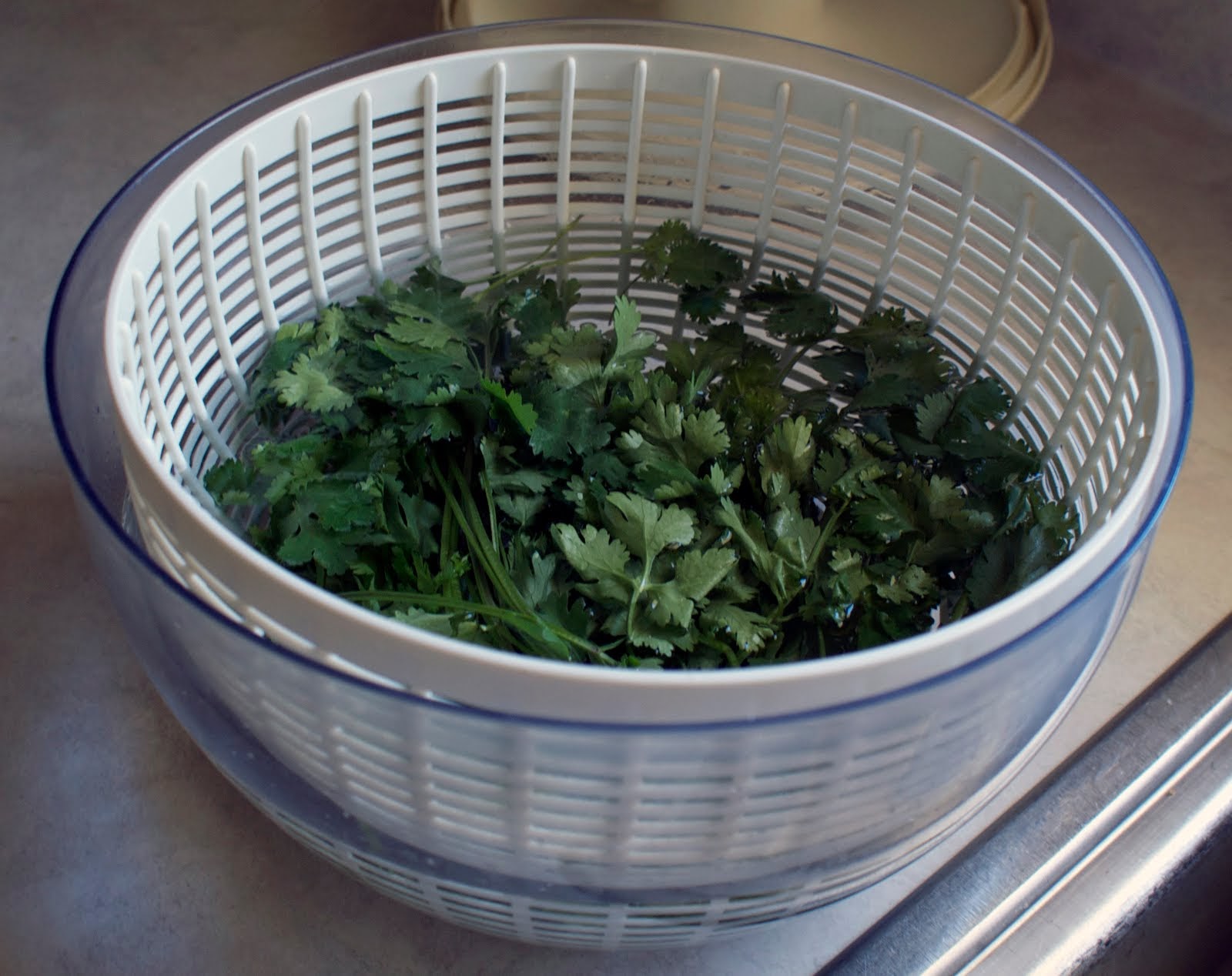

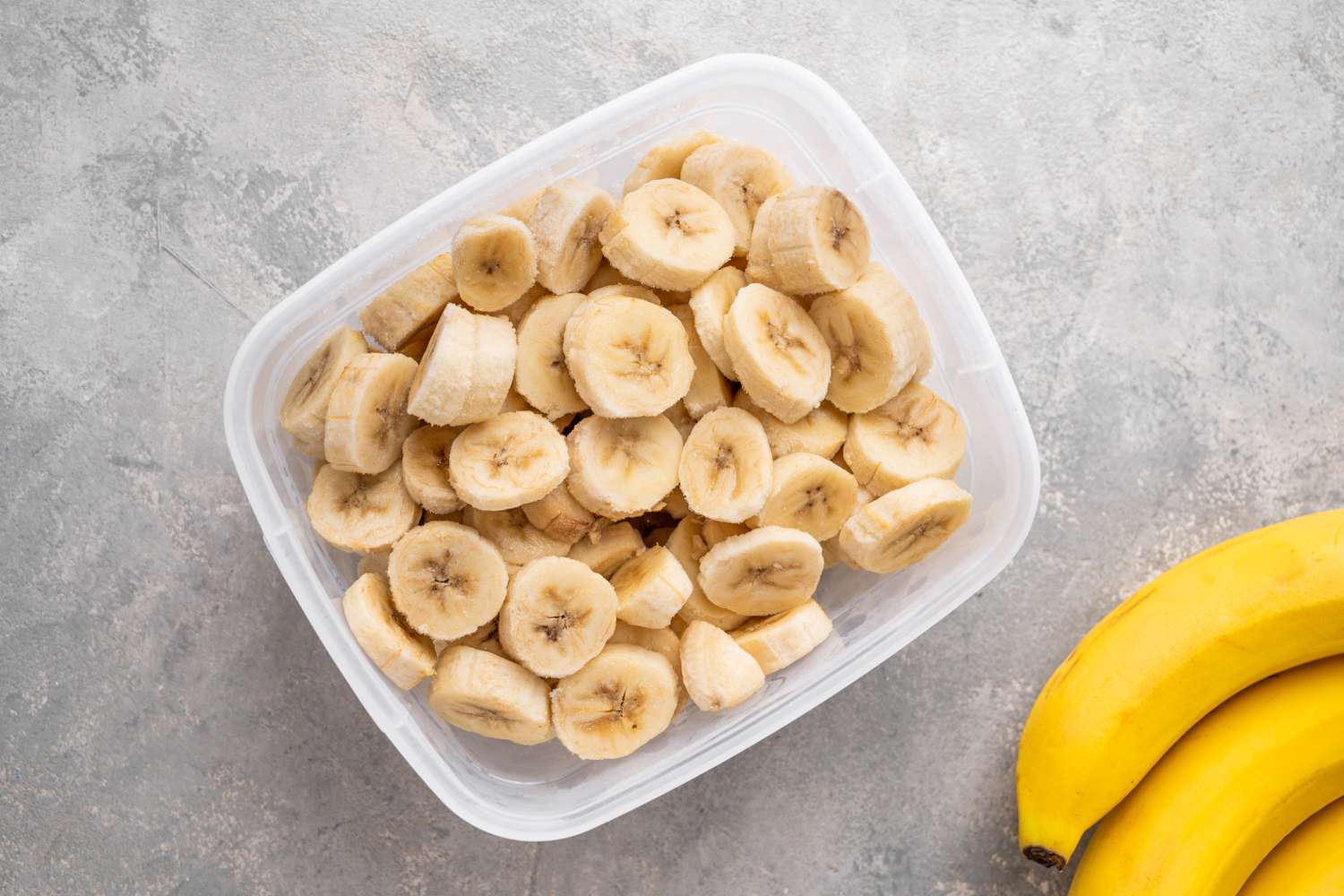
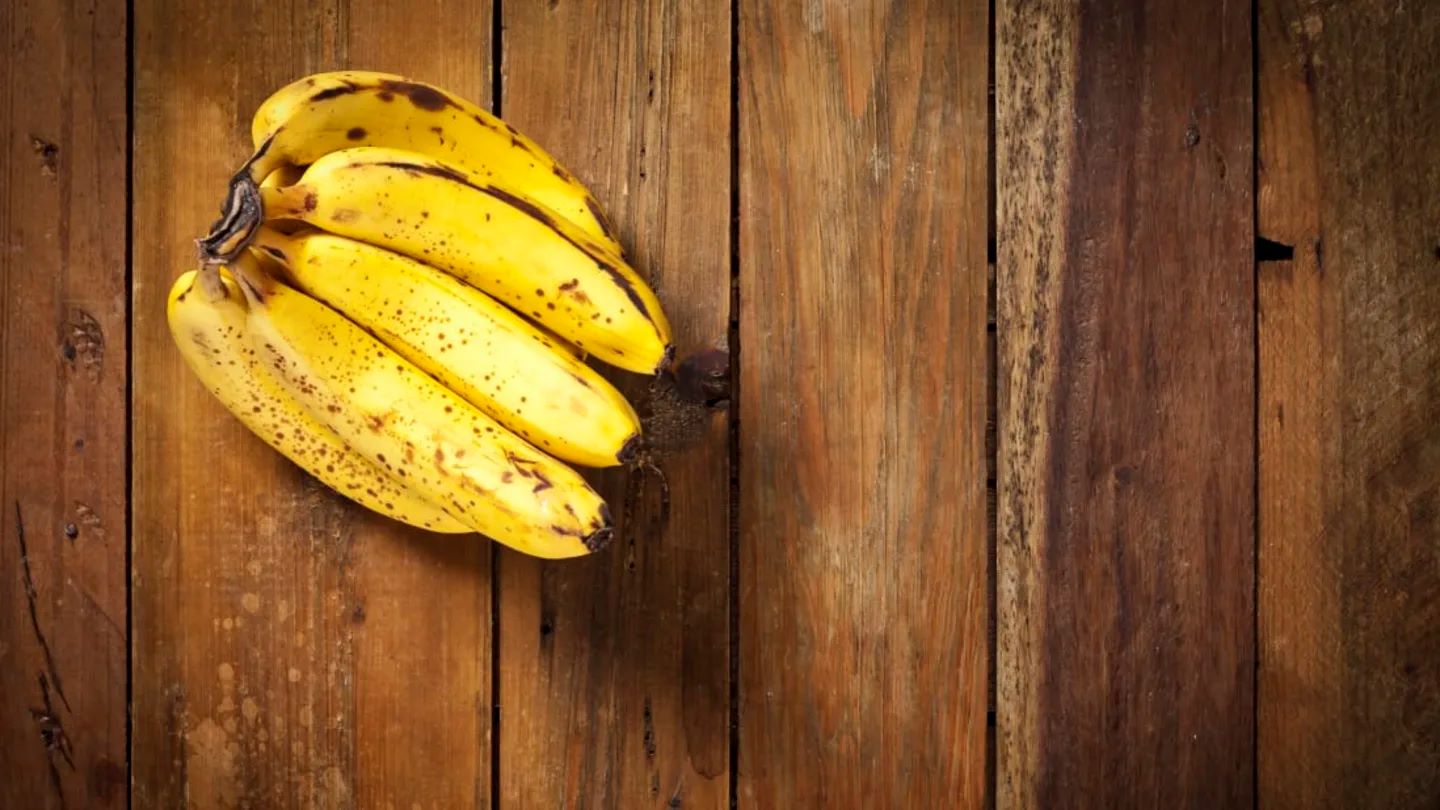
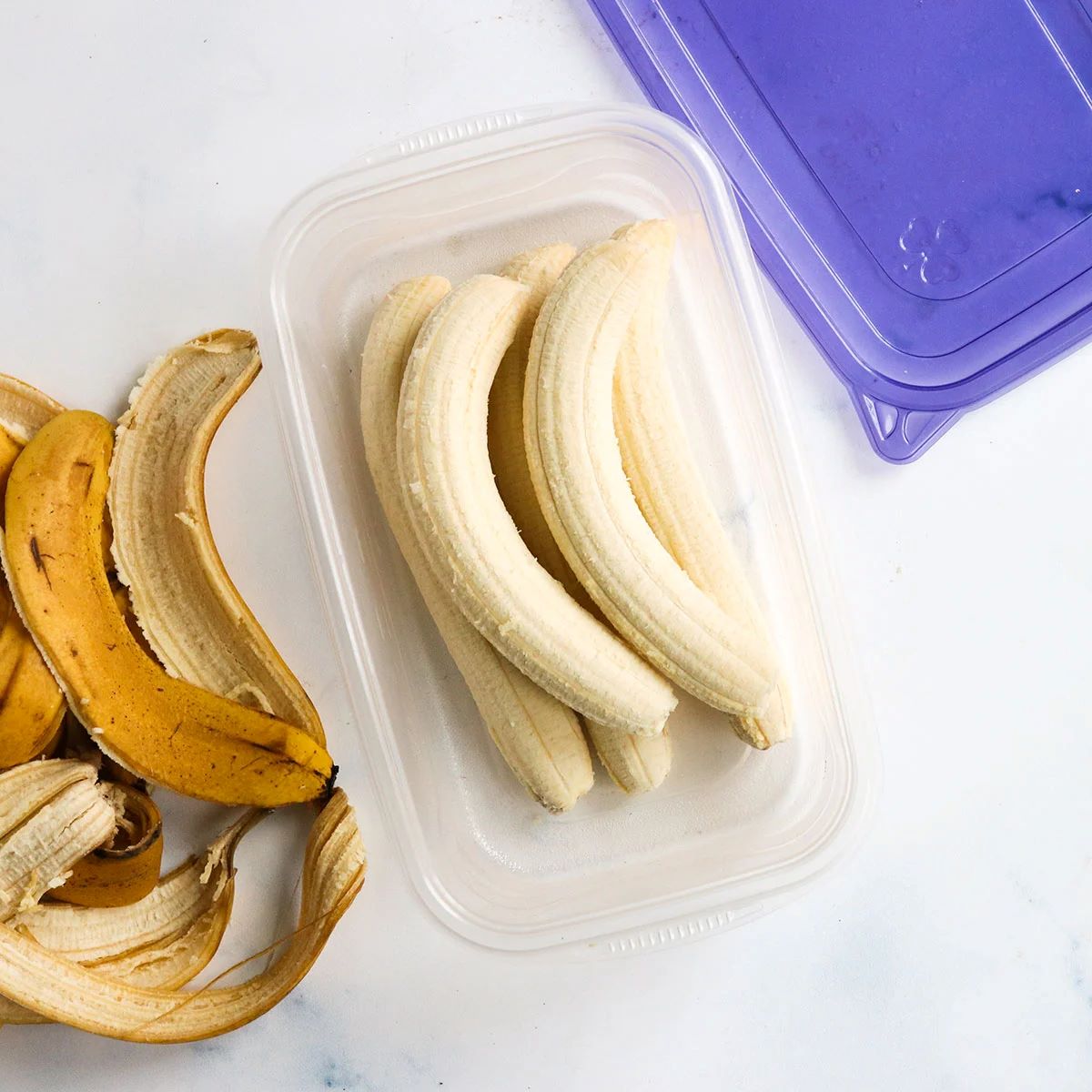
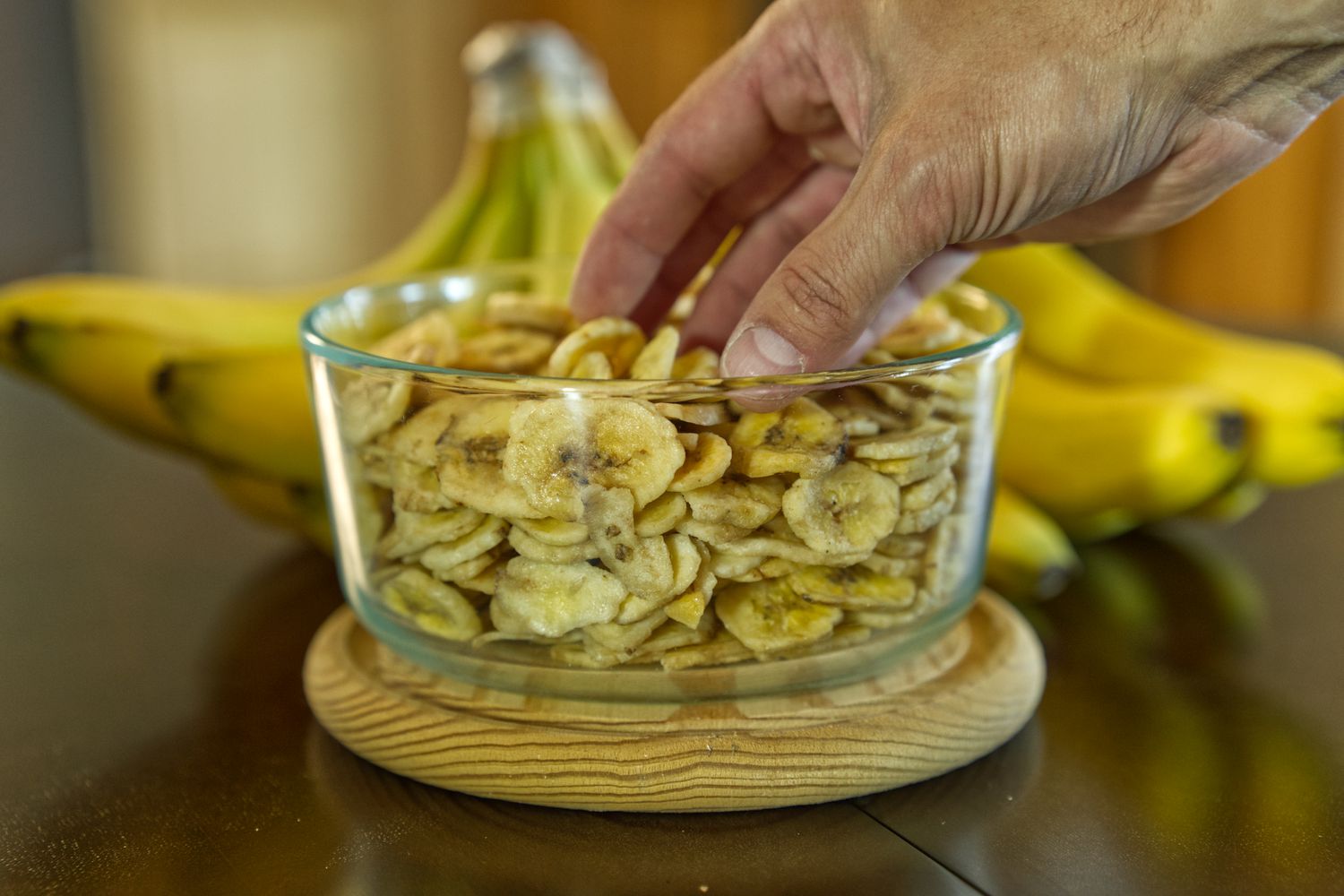

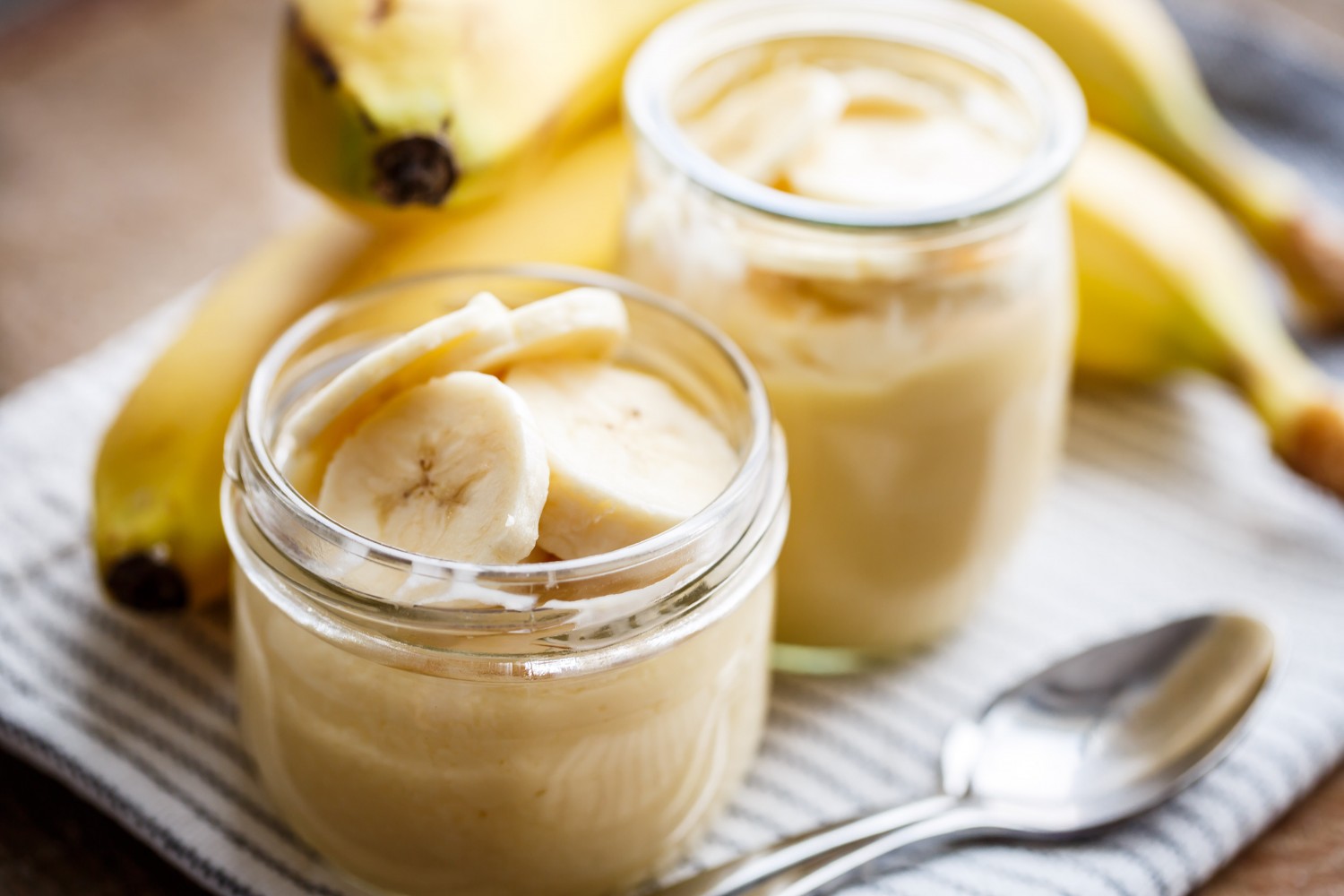
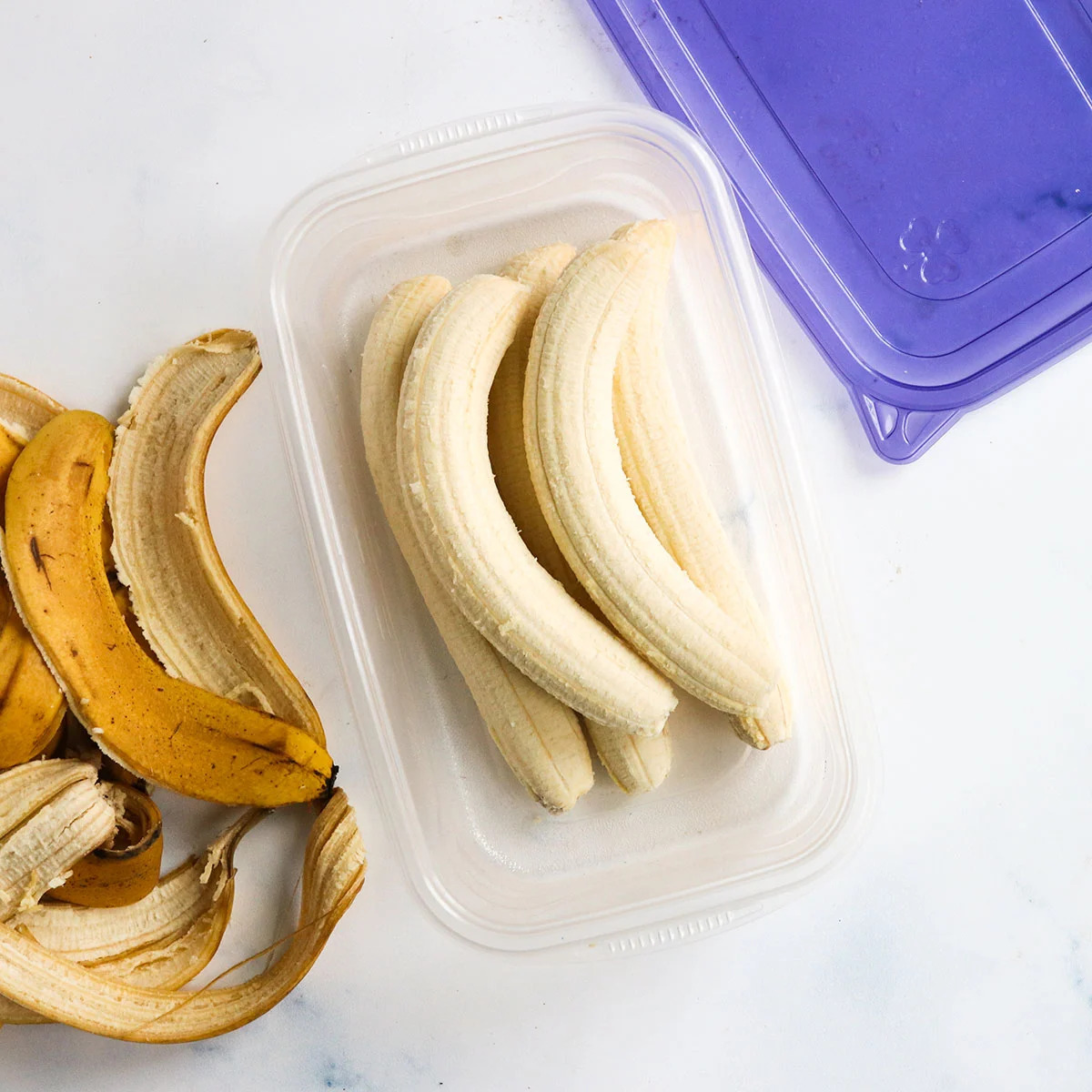

0 thoughts on “How To Store Banana Leaves”